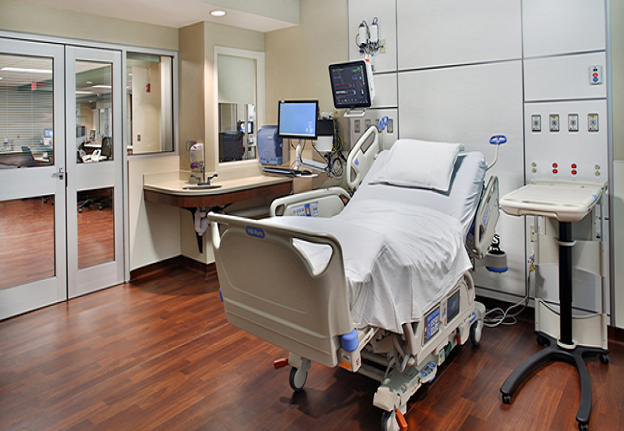EauTech Solutions provides customized wastewater treatment solutions tailored to help hospitals and clinics decrease their environmental footprint while ensuring process efficiency, continuity, and compliance.
Hospital wastewater presents a unique challenge in the realm of wastewater management due to its complex composition. This type of wastewater typically contains a mixture of organic and inorganic pollutants, including:
• Pharmaceutical Residues: Antibiotics, analgesics, and other pharmaceutical compounds that can be harmful to aquatic ecosystems and difficult to degrade.
• Pathogens: Bacteria, viruses, and other microorganisms that pose significant public health risks if not properly treated.
• Chemical Contaminants: Disinfectants, laboratory chemicals, and heavy metals, which require specialized treatment to avoid environmental harm.
• Organic Matter: Blood, bodily fluids, and other biodegradable materials that increase the biochemical oxygen demand (BOD) of the wastewater.
Given these characteristics, effective treatment of hospital wastewater is critical to prevent environmental contamination and public health risks.
Biological wastewater treatment is highly effective for hospital wastewater due to its ability to degrade organic matter and remove contaminants through natural processes. Microorganisms play a crucial role in breaking down complex organic compounds into simpler, less harmful substances. This process significantly reduces the BOD and chemical oxygen demand (COD) levels in the wastewater, making it safer for discharge or further treatment.
For hospital wastewater, biological treatment is particularly beneficial in the following ways:
• Degradation of Organic Pollutants: Microbial action effectively reduces the load of organic pollutants, including those from pharmaceuticals and medical procedures.
• Pathogen Removal: While not all pathogens are eliminated through biological treatment alone, the process can significantly reduce pathogen levels, especially when combined with other treatment methods.
• Reduction of Nutrient Levels: Biological processes can also help in the removal of nitrogen and phosphorus, which are often present in medical wastewater.
The HALBR System: Main Treatment or Post-Treatment?
The HALBR technology is designed to be versatile and effective as both a main treatment and a post-treatment solution for hospital wastewater.
• As a Main Treatment Solution: The HALBR is highly capable of serving as the primary treatment stage. Its advanced biological treatment processes are effective in significantly reducing organic loads, nitrogen, pharmaceuticals, and other contaminants. The integrated sludge settling feature also enhances the overall efficiency, making it suitable for facilities that require a compact, all-in-one solution.
• As a Post-Treatment Solution: In scenarios where hospitals have existing treatment infrastructure, the HALBR can be employed as a post-treatment system. It excels in polishing the effluent by further reducing any residual contaminants and enhancing overall water quality before discharge or reuse.
The HALBR’s adaptability and high performance make it a critical component of any hospital wastewater treatment strategy, whether used as the main treatment or as a supplementary post-treatment system.

